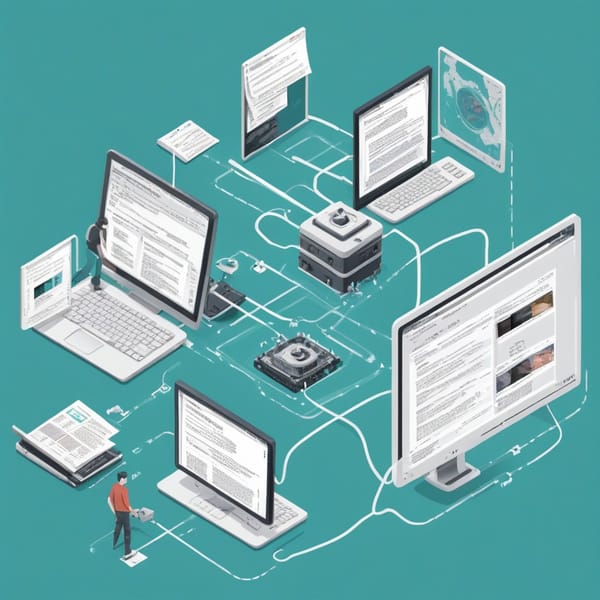Automating Workflows with n8n: JSON to PDF Conversion Made Easy

In today’s fast-paced digital world, automating repetitive tasks can save time, reduce errors, and streamline operations. One common challenge businesses face is converting JSON data into professional PDF documents—whether for invoices, reports, or customer statements. With n8n, a powerful open-source workflow automation tool, this process becomes effortless. In this post, we’ll explore how to automate JSON-to-PDF conversions using n8n, step by step.
Why Automate JSON to PDF Conversion?
JSON (JavaScript Object Notation) is a lightweight data format widely used for APIs and configuration files. However, sharing JSON data directly isn’t always user-friendly. Converting it to PDF ensures readability, professionalism, and compatibility across devices. Automating this conversion eliminates manual work, especially when dealing with large volumes of data.
Why Use n8n for This Task?
n8n is a flexible, node-based workflow automation tool that connects apps and services without coding. Its visual interface makes it easy to design workflows, and its open-source nature allows for customization. Key benefits include:
- No-code/Low-code: Drag-and-drop nodes to build workflows.
- Extensible: Integrate with hundreds of apps via APIs.
- Self-hostable: Keep data in-house for security.
Step-by-Step: Automating JSON to PDF in n8n
Here’s how to create a workflow that converts JSON data to PDF:
1. Set Up Your n8n Environment
If you haven’t already, install n8n locally or use the cloud version. For self-hosting, Docker is the easiest method:
bash
docker run -it --rm \
--name n8n \
-p 5678:5678 \
n8nio/n8n
2. Create a New Workflow
Open the n8n editor and click "New Workflow." Give it a name like "JSON to PDF Converter."
3. Add a JSON Input Node
Start by adding an HTTP Request node to fetch JSON data (e.g., from an API). Alternatively, use a Manual Trigger and paste JSON directly. Configure the node to handle your data source.
4. Process the JSON Data
Use a Function node to format the JSON if needed. For example, extract specific fields or transform the structure. Here’s a simple JavaScript snippet to map data:
javascript
return {
invoiceNumber: items[0].invoice_id,
customerName: items[0].customer_name,
amount: items[0].total
};
5. Generate the PDF
Add a PDF Generator node (you may need to install it via n8n’s community nodes). Configure it to use a template. You can:
- Use HTML/CSS to design the PDF.
- Inject JSON data dynamically with placeholders like
{{$node["Function"].json["invoiceNumber"]}}.
Example HTML template:
```html
Invoice #{{invoiceNumber}}
Customer: {{customerName}}
Amount Due: ${{amount}}
```
6. Save or Send the PDF
Finally, add nodes to handle the PDF output:
- Save to Disk: Use the Local File node to store the PDF.
- Email: Send it via an Email node (e.g., Gmail or SMTP).
- Cloud Storage: Upload to Google Drive or Dropbox.
7. Test and Deploy
Execute the workflow manually to test. If everything works, activate the workflow for automation (e.g., trigger it via cron or webhook).
Advanced Tips
- Dynamic Templates: Use external HTML files or fetch templates from a CMS.
- Conditional Logic: Only generate PDFs for specific JSON conditions (e.g., unpaid invoices).
- Error Handling: Add error triggers to notify you if conversion fails.
Conclusion
Automating JSON-to-PDF conversion with n8n is a game-changer for businesses handling repetitive document generation. By leveraging n8n’s intuitive interface and powerful integrations, you can turn raw data into polished PDFs effortlessly. Whether for invoices, reports, or customer communications, this workflow saves time and ensures consistency.
Ready to try it? Install n8n today and start automating!
Would you like a downloadable sample workflow or a video tutorial to accompany this guide? Let us know in the comments!



